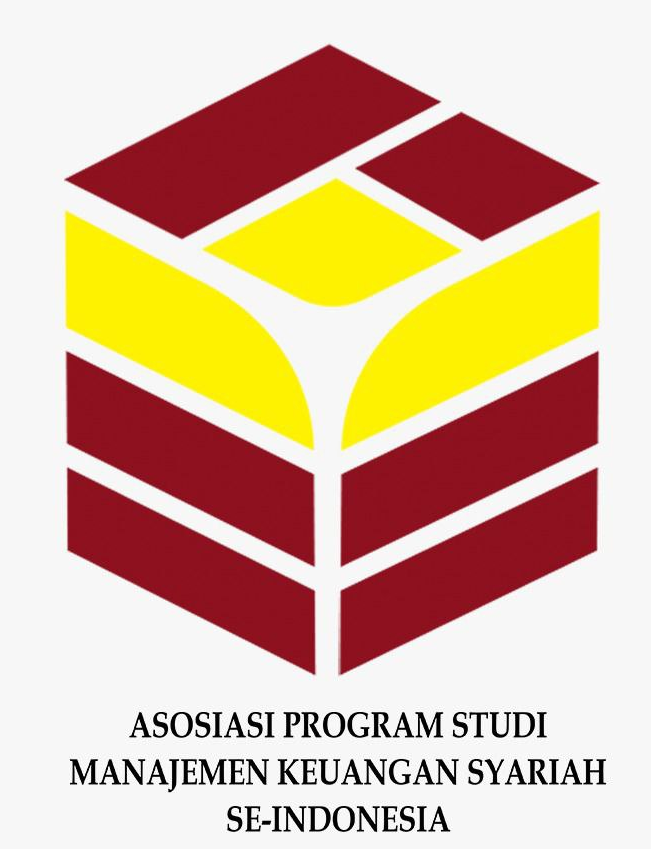ANALYSIS OF THE IMPACT OF CORPORATE REPUTATION ASSESSMENT IN THE 2024 CORPORATE IMAGE AWARDS ON CORPORATE PERFORMANCE
DOI:
https://doi.org/10.56633/mbisku.v2i2.1232Keywords:
Corporate Reputation, Corporate Performance, ROA, ROE, NPM, DAR, DERAbstract
This study aims to examine whether there are differences in financial performance between companies with high and low reputations based on the results of the 2024 Corporate Image Index (CII). This study uses five financial performance indicators: Return on Assets (ROA), Return on Equity (ROE), Net Profit Margin (NPM), Debt to Asset Ratio (DAR), and Debt to Equity Ratio (DER). The sample consisted of 78 companies, grouped into two groups based on the highest and lowest scores on the 2024 CII. The analysis method used was an independent samples t-test. The results show that although companies with high reputations have better average financial performance, the difference is not statistically significant. This indicates that a company's external reputation, as measured by the CII award, does not directly reflect its financial performance. This study provides a theoretical contribution by broadening the understanding of the relationship between reputation and financial performance and suggests the need for a multidimensional approach to evaluating corporate success.
References
Barney, Jay. “Firm Resources and Sustained Competitive Advantage.” Journal of Management
, no. 1 (March 1, 1991): 99–120. https://doi.org/10.1177/014920639101700108.
Caliskan, Esra Nemli, Basak Turan Icke, and Yusuf Ayturk. “Corporate Reputation and
Financial Performance: Evidence from Turkey,” 2011.
Daromes, Fransiskus E., Marselinus Asri, and Marco Marco. “Membangun Reputasi Dalam Aktivitas Tanggung Jawab Sosial Perusahaan dan Dampaknya Terhadap Kinerja Keuangan.” Jurnal Akuntansi 17, no. 2 (July 12, 2023): 135–62. https://doi.org/10.25170/jak.v17i2.4218.
Davies, Gary, and Rosa Chun. “The Leader’s Role in Managing Reputation.” In Reputation Capital: Building and Maintaining Trust in the 21st Century, edited by Joachim Klewes and Robert Wreschniok, 311–23. Berlin, Heidelberg: Springer Berlin Heidelberg, 2009. https://doi.org/10.1007/978-3-642-01630-1_21.
Flanagan, David J, K C O’Shaughnessy, and Timothy B Palmer. “Re-Assessing the Relationship between the Fortune Reputation Data and Financial Performance: Overwhelming Influence or Just a Part of the Puzzle?” Corporate Reputation Review 14, no. 1 (2011): 3–14. https://doi.org/10.1057/crr.2011.4.
Fombrun, Charles J. “Realizing Value from the Corporate Image,” 2018.
Fombrun, Charles J, and Cees B.M Van Riel. “Fame and Fortune: How Successful Companies
Build Winning Reputations,” 2004.
Gray, Edmund R., and John M.T. Balmer. “Managing Corporate Image and Corporate Reputation.” Long Range Planning 31, no. 5 (October 1998): 695–702. https://doi.org/10.1016/S0024-6301(98)00074-0.
Jao, Robert, Djabir Hamzah, Abdul Rakhman Laba, and . Mediaty. “Financial Performance, Reputation, and Firm Value: Empirical Evidence of Non-Financial Companies Listed in Indonesia Stock Exchange.” International Journal of Academic Research in Accounting, Finance and Management Sciences 10, no. 1 (March 16, 2020). https://doi.org/10.6007/IJARAFMS/v10-i1/7007.
Kaur, Amanpreet, and Balwinder Singh. “Disentangling the Reputation – Performance
Paradox: Indian Evidence.” Journal of Indian Business Research 12, no. 2 (January 1,
: 153–67. https://doi.org/10.1108/JIBR-02-2018-0081.
Lee, Jooh, and James Jungbae Roh. “Revisiting Corporate Reputation and Firm Performance Link.” Edited by Paul Hong, David Dobrzykowski, and Young Won Park. Benchmarking: An International Journal 19, no. 4/5 (January 1, 2012): 649–64. https://doi.org/10.1108/14635771211258061.
Muharam, Dani Rahadian. “Penerapan Konsep Resources-Based View (RBV) dalam Upaya Mempertahankan Keuanggulan Bersaing Perusahan.” Jurnal Ilmu Administrasi: Media Pengembangan Ilmu Dan Praktek Administrasi 14, no. 1 (June 20, 2017): 82–95. https://doi.org/10.31113/jia.v14i1.4.
Roberts, Peter W., and Grahame R. Dowling. “Corporate Reputation and Sustained Superior
Financial Performance.” Strategic Management Journal 23, no. 12 (December 19, 2002):
–93. https://doi.org/10.1002/smj.274.
Ross, Stephen A. “The Determination of Financial Structure: The Incentive-Signalling Approach.” The Bell Journal of Economics 8, no. 1 (1977): 23. https://doi.org/10.2307/3003485.
Rudianto. “Akuntansi Manajemen.” Jakarta: Erlangga, 2013.
Thaci, Hashim, and Dedi Kurnia Syah. “Pengaruh Corporate Image Index Terhadap Citra
Perusahaan Pelabuhan Indonesia I.” Jurnal Ranah Komunikasi (JRK) 5, no. 2 (December
, 2021): 139–44. https://doi.org/10.25077/rk.5.2.139-144.2021.
Walker, Kent. “A Systematic Review of the Corporate Reputation Literature: Definition, Measurement, and Theory.” Corporate Reputation Review 12, no. 4 (2010): 357–87. https://doi.org/10.1057/crr.2009.26.



